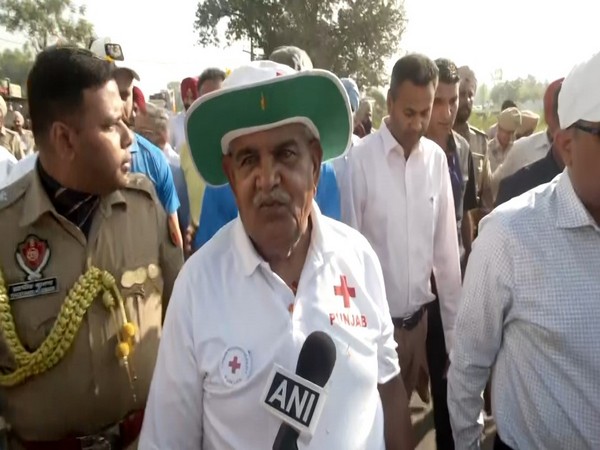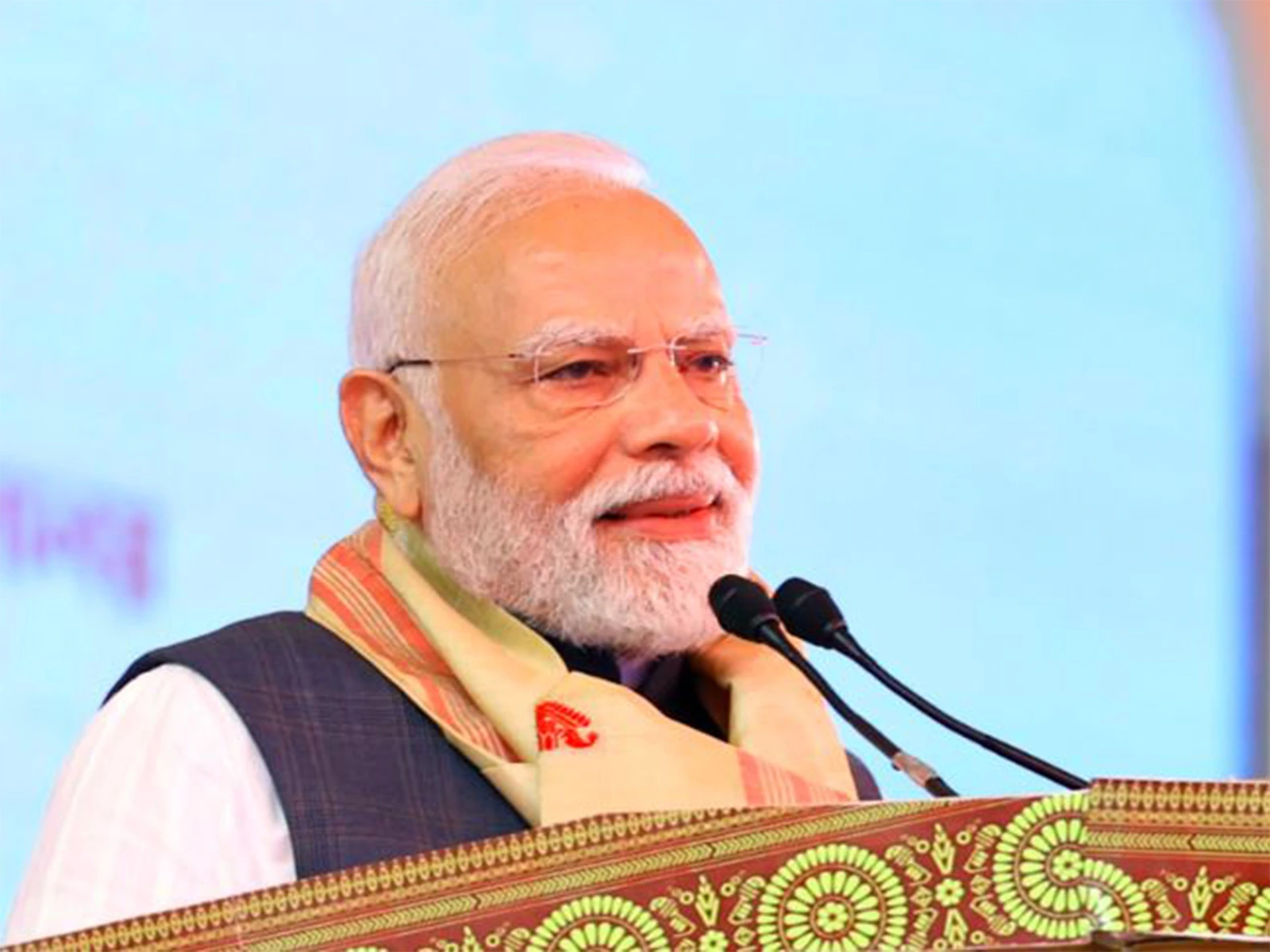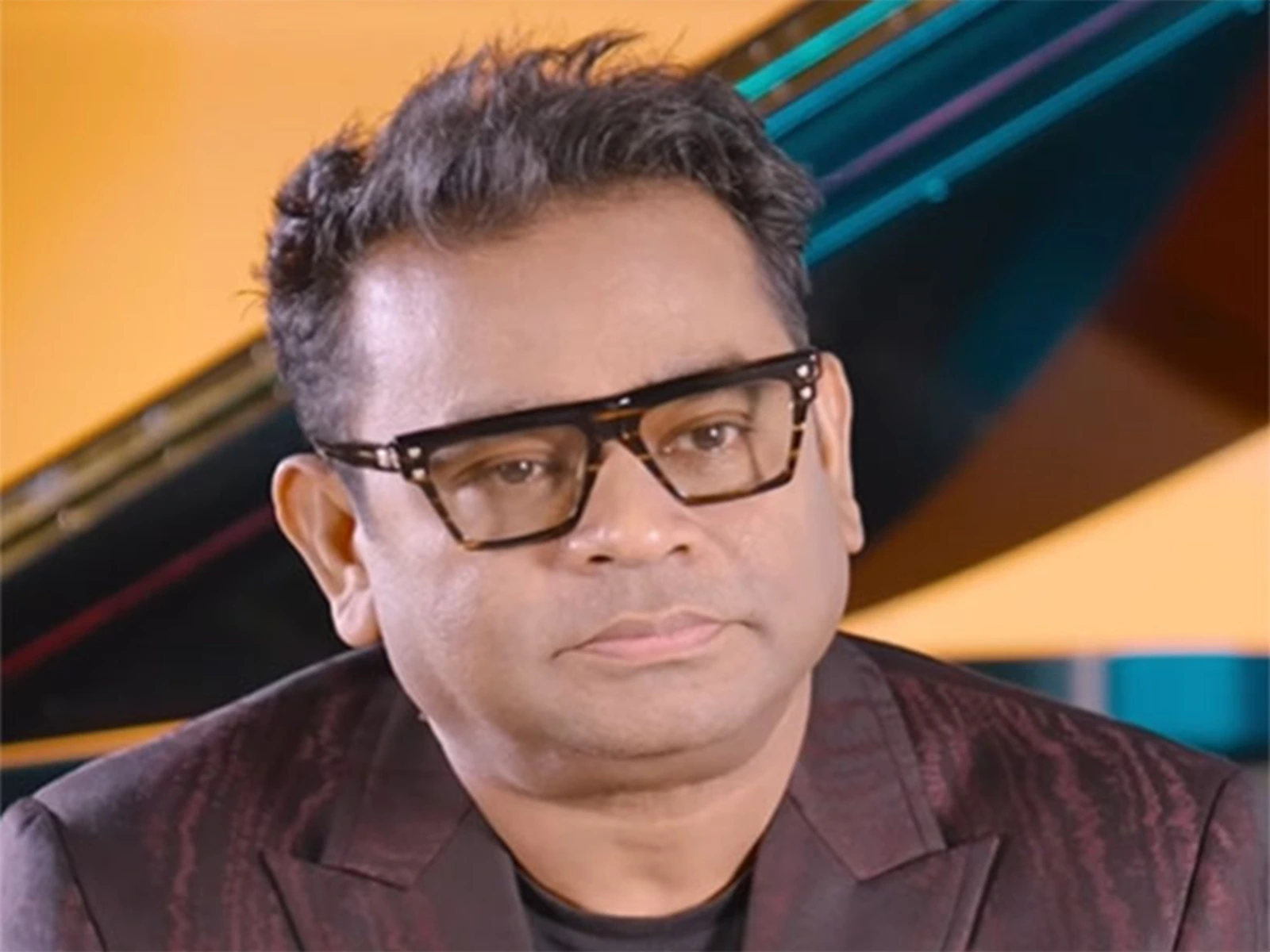08-Apr-2025,11:16 AM In a significant move to address the growing concern of drug addiction in Punjab, Governor Gulab Chand Kataria led a large-scale ‘padyatra’ (foot march) in Amritsar. The initiative, aimed at raising awareness and mobilizing citizens against drug abuse, received massive support from the local community, students, and officials. Gulab Chand, known for his active involvement in social causes, emphasized the need for collective action in eradicating the drug menace that continues to plague the youth of Punjab.
The padyatra not only symbolized a moral fight but also reflected the commitment of the state’s highest constitutional authority towards a drug-free future. Let’s explore the full story, the governor’s statements, and how this initiative could become a blueprint for similar efforts across India.
Gulab Chand Kataria’s Mission: A War Against Drugs
Gulab Chand has always believed in leading by example. By walking shoulder-to-shoulder with students, police officials, and volunteers through the streets of Amritsar, the Governor sent a clear message—eradicating drug abuse is not just the government’s responsibility, but a mission that requires everyone’s participation.
While addressing the padyatra gathering, Gulab Chand said, “We cannot let drugs destroy the future of our youth. This march is a symbol of unity, strength, and determination.” He called upon educational institutions, parents, and religious leaders to take active roles in awareness campaigns.
Gulab Chand Emphasis on Prevention Over Punishment
Unlike traditional approaches focused on law enforcement, Gulab Chand stressed the importance of prevention and rehabilitation. He urged the state machinery to prioritize education, counseling, and skill development over punitive actions for first-time offenders.
Addressing the media, the Governor said, “Addiction is a disease, not a crime. Our youth need help and hope, not just punishment. The government will do everything possible to support recovery and reintegration.”
This fresh perspective by Gulab Chand has been welcomed by social activists and mental health professionals alike.
The Padyatra’s Route and Public Participation
The padyatra covered key areas of Amritsar, including Guru Bazaar, Town Hall, and the Golden Temple vicinity. People from all walks of life joined the march, holding placards, chanting slogans, and wearing T-shirts with anti-drug messages. The participation of school children and college students added a youthful energy to the event.
What stood out most was the involvement of religious institutions and local NGOs. Their participation, encouraged by Gulab Chand, strengthened the impact of the padyatra. Several Sikh religious leaders praised the Governor’s initiative and emphasized the alignment of this mission with the teachings of Sikhism.
Gulab Chand Emphasis on Prevention Over Punishment
Unlike traditional approaches focused on law enforcement, Gulab Chand stressed the importance of prevention and rehabilitation. He urged the state machinery to prioritize education, counseling, and skill development over punitive actions for first-time offenders.
Addressing the media, the Governor said, “Addiction is a disease, not a crime. Our youth need help and hope, not just punishment. The government will do everything possible to support recovery and reintegration.”
This fresh perspective by Gulab Chand has been welcomed by social activists and mental health professionals alike.
Strategic Plans to Strengthen Anti-Drug Campaigns in Punjab
Post padyatra, Gulab Chand announced a roadmap of strategic actions:
-
Drug Awareness Drives in schools and colleges across districts.
-
Helplines and Mobile Apps for confidential support.
-
De-addiction Centers with modern treatment facilities.
-
Collaboration with Religious and Community Leaders to strengthen grassroots movements.
He also hinted at forming a Governor’s Anti-Drug Advisory Panel, comprising psychologists, educators, police, and youth representatives.
Public Reaction and Social Media Buzz
The padyatra led by Gulab Chand quickly gained traction on social media. Hashtags like #SayNoToDrugs, #GulabChandAgainstDrugs, and #DrugFreePunjab began trending on Twitter and Instagram. Several influencers, celebrities, and politicians lauded the Governor’s direct approach.
Local citizens, especially parents, expressed relief and gratitude. One resident said, “For the first time, we see a leader like Gulab Chand walking with us, addressing our fears, and not hiding behind closed doors.”
Why Gulab Chand’s Initiative Matters Now More Than Ever
Punjab has been battling a serious drug problem for years. Despite numerous efforts by previous governments, the issue remains critical. Experts believe that a top-down approach, especially one involving the Governor, sends a strong signal of accountability and urgency.
Gulab Chand’s padyatra stands out because it blends symbolic action with strategic policy direction. His ability to mobilize diverse sections of society gives hope for long-term change.
Conclusion: A Step Towards a Drug-Free Punjab
The padyatra led by Governor Gulab Chand Kataria is more than a symbolic gesture—it’s a clarion call to reclaim Punjab’s future. His emphasis on compassion, community engagement, and strategic planning sets a new benchmark in the state’s anti-drug fight.
If sustained and expanded, this movement has the potential to transform not just Punjab, but inspire similar campaigns across India. As Gulab Chand rightly said, “A society that protects its youth is a society that builds its future.”
Final Thoughts
As the momentum from the padyatra builds, all eyes will be on how Gulab Chand and the Punjab administration convert this symbolic walk into tangible outcomes. Whether it’s through improved rehabilitation infrastructure or grassroots awareness, this initiative could mark the beginning of a powerful new chapter in Punjab’s journey toward becoming drug-free.




